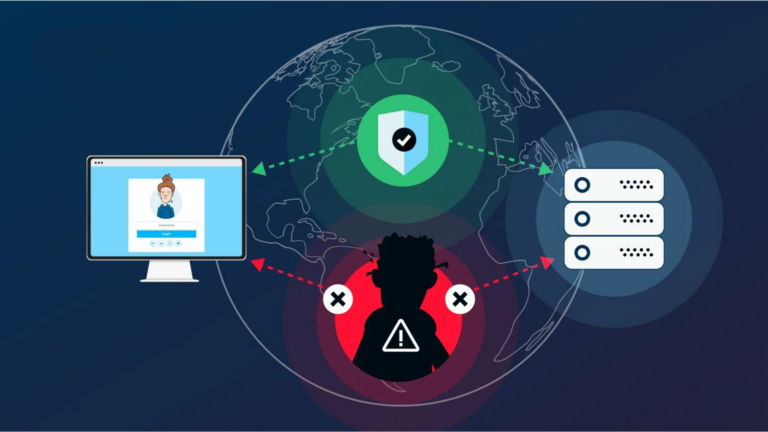How do I find my primary and secondary DNS servers?
If you’re wondering how to find your primary and secondary DNS servers, you’re not alone. DNS servers are like phone books for the internet. They help translate website names (like www.google.com) into IP addresses that computers use to talk to each other. Here’s a simple guide to finding your DNS servers, whether you’re using a Windows or Mac computer, or a smartphone.
What Are DNS Servers?
Before diving into how to find them, let’s break down what DNS servers are:
- Primary DNS Server: This is the first place your computer looks when trying to find a website. It’s like the main phone book.
- Secondary DNS Server: This is a backup in case the primary DNS server is down or unreachable.
Having both is important to make sure you can still browse the web if something goes wrong with one server.
How to Find DNS Servers on Windows
Finding your DNS servers on a Windows computer is simple. Follow these steps:
- Open the Control Panel
- Click on the Start menu and type “Control Panel.”
- Open the Control Panel from the search results.
- Go to Network Settings
- Click on Network and Internet, then Network and Sharing Center.
- Open Connection Details
- On the left side, click Change adapter settings.
- Right-click on your active network connection (either Wi-Fi or Ethernet) and select Status.
- View the DNS Servers
- In the window that opens, click on Details.
- Look for IPv4 DNS Server. This will show your primary DNS server.
- If there’s a secondary DNS server, it will be listed as IPv4 DNS Server (secondary).
How to Find DNS Servers on Mac
If you’re using a Mac, here’s how to find your DNS servers:
- Open System Preferences
- Click on the Apple menu in the top-left corner and choose System Preferences.
- Go to Network Settings
- Click on Network.
- Select Your Active Connection
- On the left side, choose your active connection (Wi-Fi or Ethernet).
- Click Advanced.
- Find DNS Servers
- In the new window, click the DNS tab.
- You’ll see a list of DNS servers. The primary one will be listed at the top, and the secondary one, if available, will be listed underneath.
How to Find DNS Servers on Android
If you’re using an Android phone, you can check your DNS servers as follows:
- Go to Settings
- Open the Settings app on your phone.
- Find Wi-Fi Settings
- Tap Network & Internet and then Wi-Fi.
- Check the Network Details
- Tap the Wi-Fi network you’re connected to.
- Scroll down and tap Advanced.
- View DNS Servers
- Under the IP settings section, tap Static.
- You should see the DNS servers listed under the DNS 1 and DNS 2 fields.
How to Find DNS Servers on iPhone
To find DNS servers on an iPhone, follow these simple steps:
- Go to Settings
- Open the Settings app.
- Select Wi-Fi
- Tap Wi-Fi, then tap the i icon next to the network you’re connected to.
- Check DNS Servers
- Scroll down to the DNS section. You’ll see your DNS servers listed here.
Why Would You Need DNS Server Information?
Knowing your DNS servers can come in handy in a few situations:
- Troubleshooting Internet Issues: If websites aren’t loading, you can try switching DNS servers to fix the problem.
- Using a Custom DNS Server: Some people prefer using third-party DNS servers (like Google’s DNS or OpenDNS) for faster internet or added security.
- Network Configuration: If you’re setting up a custom network, you’ll need to know your DNS servers to configure your router properly.
Final Thoughts
Finding your primary and secondary DNS servers is straightforward, whether you’re using Windows, Mac, Android, or iPhone. It’s an important step in managing your internet connection, especially if you want to troubleshoot issues or set up custom DNS settings. With these easy steps, you can find your DNS server information and start using it to enhance your online experience.






